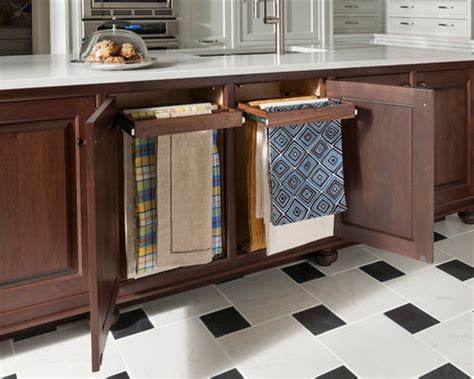Neatly Stored, Beautifully Pressed: Tablecloth Storage Solutions for Every Home
Tablecloths, those elegant textiles that transform a simple dining experience into a special occasion, deserve more than just being shoved into a cupboard. Proper tablecloth storage ensures they remain wrinkle-free, clean, and ready for your next gathering. This guide explores various storage methods to keep your tablecloths looking their best, from delicate linens to durable vinyl.
What's the Best Way to Store Tablecloths to Prevent Wrinkles?
The key to wrinkle-free tablecloth storage lies in minimizing creases and allowing for air circulation. Avoid tightly squeezing them into cramped spaces. Instead, opt for methods that allow the fabric to lie flat or drape gently. Rolling is generally preferred over folding for larger tablecloths, as it reduces the risk of deep creases.
How Should I Store Different Types of Tablecloths?
Different tablecloth materials require slightly different approaches to storage.
Linen Tablecloths:
Linen, a luxurious and often delicate fabric, requires careful handling. After washing and ironing, allow the tablecloth to cool completely before storing. Rolling it loosely around a cardboard tube (like a paper towel roll) is ideal. Alternatively, you can fold it loosely in thirds or fourths, placing tissue paper between the folds to prevent creasing. Store linen tablecloths in a cool, dry place away from direct sunlight.
Cotton Tablecloths:
Cotton tablecloths are more durable than linen but still benefit from careful storage. Similar to linen, rolling or loose folding is recommended. You can also use a garment bag to protect the tablecloth from dust and moisture.
Vinyl Tablecloths:
Vinyl tablecloths are incredibly easy to store. Because they are not susceptible to wrinkles, you can fold them more tightly than linen or cotton. Simply fold them neatly and store them in a cabinet or closet.
Plastic Tablecloths:
Similar to vinyl, plastic tablecloths are easily stored. Folding is fine, but ensure they are completely dry before storing to prevent mildew.
How Do I Store a Large Tablecloth?
Large tablecloths can be challenging to store effectively. Rolling them is usually the best approach. Start by laying the tablecloth flat on a clean surface. Then, starting from one short end, roll it tightly and evenly. Secure the roll with a ribbon or rubber band. Storing the rolled tablecloth in a large, breathable storage bag or a dedicated tablecloth storage container will protect it from dust and damage.
What is the Best Way to Fold a Tablecloth for Storage?
While rolling is generally preferred, folding is acceptable for smaller tablecloths or if you prefer this method. The key is to avoid sharp creases. Fold the tablecloth in half lengthwise, then in half again, and continue folding in thirds or fourths until it reaches a manageable size. Using tissue paper between the folds helps prevent wrinkles.
What Are Some Creative Tablecloth Storage Ideas?
Consider these creative ideas for storing your tablecloths:
- Under-bed storage containers: These provide excellent protection from dust and moisture.
- Dedicated linen closets or shelves: Organize your tablecloths by size, color, or material for easy retrieval.
- Rolling storage carts: Ideal for displaying and easily accessing your tablecloths.
- Vacuum-sealed bags: Excellent for long-term storage or seasonal tablecloths. (Be cautious with delicate fabrics.)
By implementing these smart storage solutions, you'll ensure your tablecloths remain in pristine condition, ready to grace your dining table for years to come. Proper storage not only protects your investment but also saves you time and effort when setting the table for a special occasion. Remember, a little preventative care goes a long way in preserving the beauty and longevity of your tablecloths.

